Afternoon, Cu Lao Pho stretches out in the vast sunshine and wind. My colleague from Bien Hoa and I sat on the top trading port of the old Southern land, watching the red Dong Nai river full of alluvium. Suddenly, I heard memories of the time when our ancestors went to open up the South...
The golden sunshine was shining brightly on the river of Cu Lao Pho. I went to the temple of Le Thanh Hau Nguyen Huu Canh and heard the cool wind blowing from the Dong Nai River, making my soul feel refreshed.
This place worships the founding father Nguyen Huu Canh, a famous person with many contributions to the country in reclaiming and expanding the southern territory of the Fatherland.
Nguyen Huu Canh Temple, also known by locals as Binh Kinh Communal House, is located on the left bank of the Dong Nai River, at the foot of Ghenh Bridge, looking to the Southwest, reflecting on the Dong Nai River, formerly belonging to Binh Kinh Hamlet, Binh Hoanh Village, Tran Bien Commune, now Nhi Hoa Quarter, Hiep Hoa Ward (Bien Hoa City, Dong Nai Province).
In 1991, the temple was ranked as a national historical relic. According to historical records, the temple was built around the end of the 18th century, after the death of Duc Ong (in 1700).
When King Gia Long ascended the throne, he ordered the restoration and assigned 10 workers to look after it. Every year, public funds were used to hold ceremonies on the anniversary of the death. In 1851, the Tu Duc Dynasty granted 100 quan of money to repair the temple.

The Hiep Hoa, Buu Hoa, An Hao, Ganh, and Rach Cat bridges connect Hiep Hoa islet, Bien Hoa city, Dong Nai province. Photo: Dinh Xuan Tuan.
The mark of the man who "carried the sword to open up the land" of the South
Sitting by the Cai River, listening to the sound of the Thong Nhat Bridge construction machinery working all night long, the gentle river breeze blowing in, carrying the sweet taste of alluvium mixed with the sweet scent of fruits, the full moon shining on the shimmering waves, I feel a peaceful Pho island with a glimpse of the past that will take off and soar high in the near future...
Cu Lao Pho - sacred land preserving Southern culture
This land is not only the commercial center of the South in the past but also a place where many unique and impressive Vietnamese cultural features converge, with their own identity.
After years of war, after 325 years, Cu Lao Pho still preserves 11 communal houses, 6 pagodas, 3 hermitages, 1 ancient That Phu Temple, 1 Cao Dai Holy See, many ancient houses, ancient tombs and many national historical relics.
Every October of the lunar calendar, the islanders gather together happily like Tet at communal house worshiping ceremonies. Depending on the year and the village, some communal houses hold worshiping ceremonies for 2-3 days.
During the festival season, the island is very happy and bustling. The community spirit of the Vietnamese countryside is deeply imbued in the character of the islanders, who are hard-working, simple, and sincere. When the festival day approaches, everyone gathers together without being told to do so to clean, tidy, and decorate the village temple neatly.
On the day of the ceremony, each person has a hand in cooking, receiving guests, arranging the offerings, and entertaining guests. All the rituals of the temple ceremony are preserved and passed down from generation to generation.
Speaking of spiritual culture in Cu Lao Pho, perhaps everyone knows the names of famous pagodas: Dai Giac, Hoang An, Ong Pagoda... Each pagoda is associated with legends, stories, and historical events that will be recorded forever.

Nguyen Huu Canh Temple reflects on the Dong Nai River, on Cu Lao Pho (Bien Hoa City, Dong Nai Province) seen from above. Photo: Dinh Xuan Tuan
"Awakening" Pho Islet
As the sunset fell on the Cai River, we stood on this side looking across to Co Islet, the construction site of Thong Nhat Bridge was bustling with workers, working hurriedly, the noise of machines was loud.
The entire river is bustling with machinery, drilling rigs, and towering cranes. The first bridge piers are being urgently poured with concrete.
According to the design, Thong Nhat Bridge has a scale of 6-10 lanes, a width of 45-95m, connecting Hiep Hoa Ward with Thong Nhat Ward and is expected to be completed in 2025.
Along with that, the Bien Hoa City Center axis road connecting from Vo Thi Sau Street to An Hao Bridge is also being worked on by engineers and workers, racing against time. These key projects are the highlight of Bien Hoa City, helping the island develop and have a new look in the future.
In recent years, Hiep Hoa has been changing thanks to the Buu Hoa, Hiep Hoa, and An Hao bridges.
This “oasis” has been opened up, many people choose this direction to go to Vung Tau, Saigon because it is the shortest way. The island’s appearance is more beautiful, the streets are more spacious, people’s lives have been improved…
Source: https://danviet.vn/cu-lao-pho-soi-song-nuoc-song-dong-nai-tung-la-thuong-cang-sam-uat-bac-nhat-dat-phuong-nam-20250109084450842.htm


![[Photo] Vice President Vo Thi Anh Xuan, French President Emmanuel Macron and his wife visit Hanoi University of Science and Technology](https://vphoto.vietnam.vn/thumb/1200x675/vietnam/resource/IMAGE/2025/5/27/267b6f2bdf3e46439f081b49f6ec26b1)




![[Photo] Hungarian President begins official visit to Vietnam](https://vphoto.vietnam.vn/thumb/1200x675/vietnam/resource/IMAGE/2025/5/27/ab75a654c6934572a4f1a566ac63ce82)
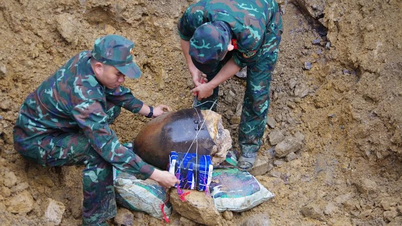

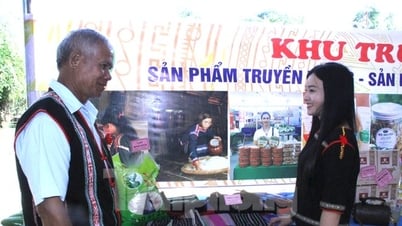


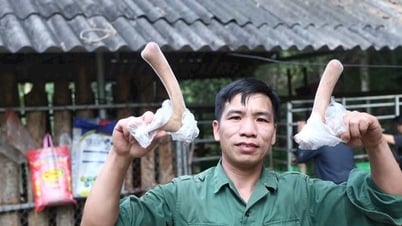

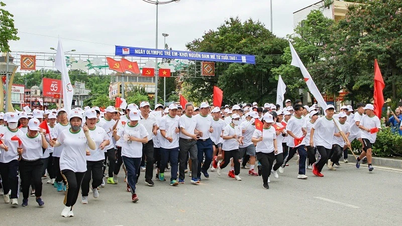








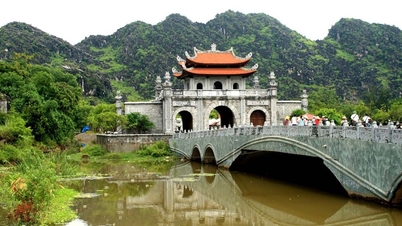
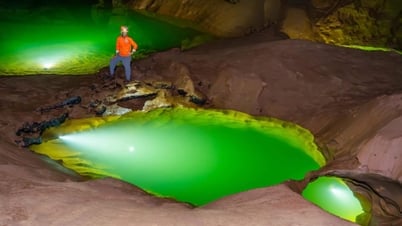


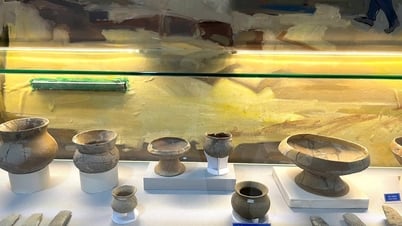

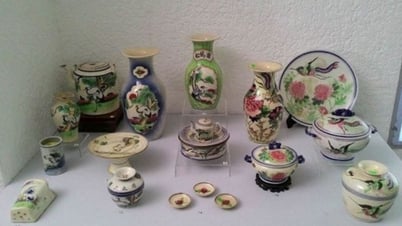

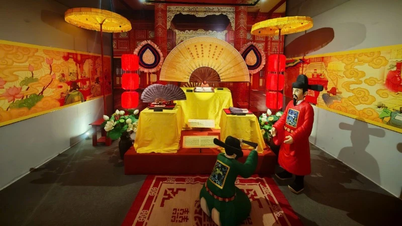
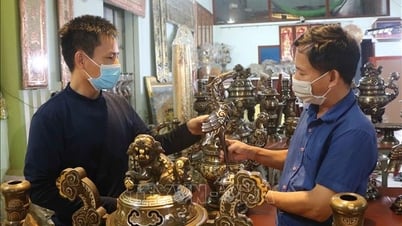
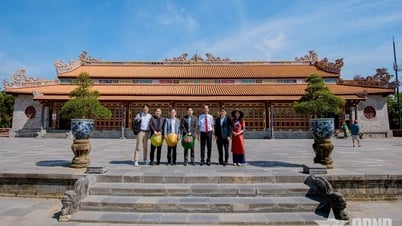












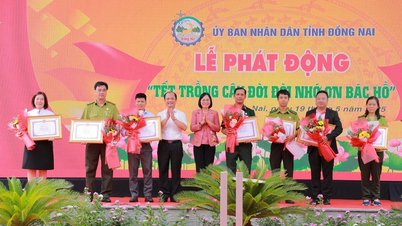


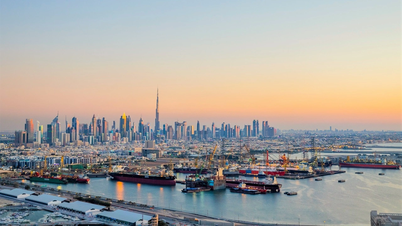




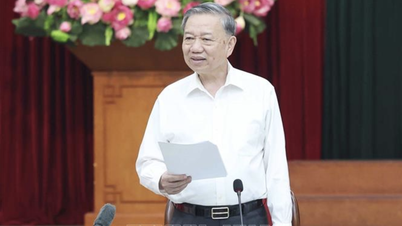
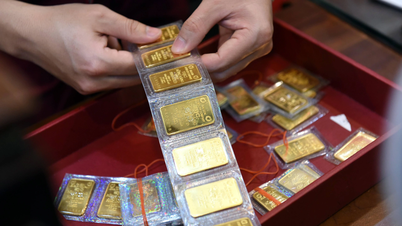









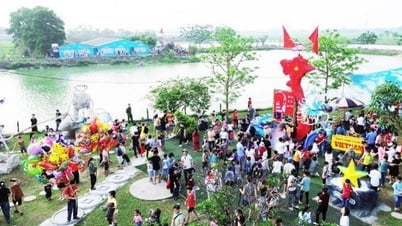



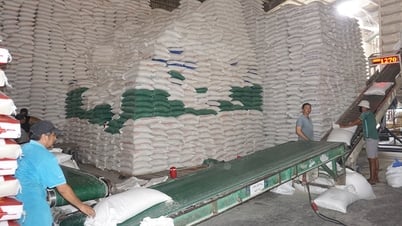


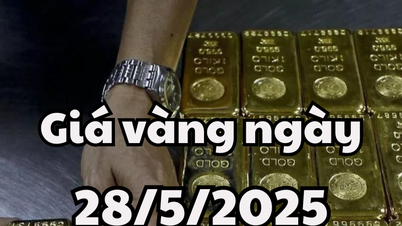


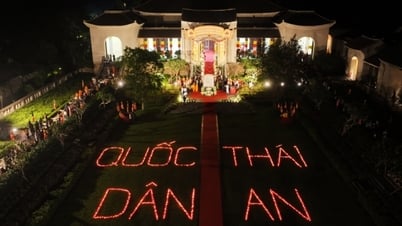















Comment (0)